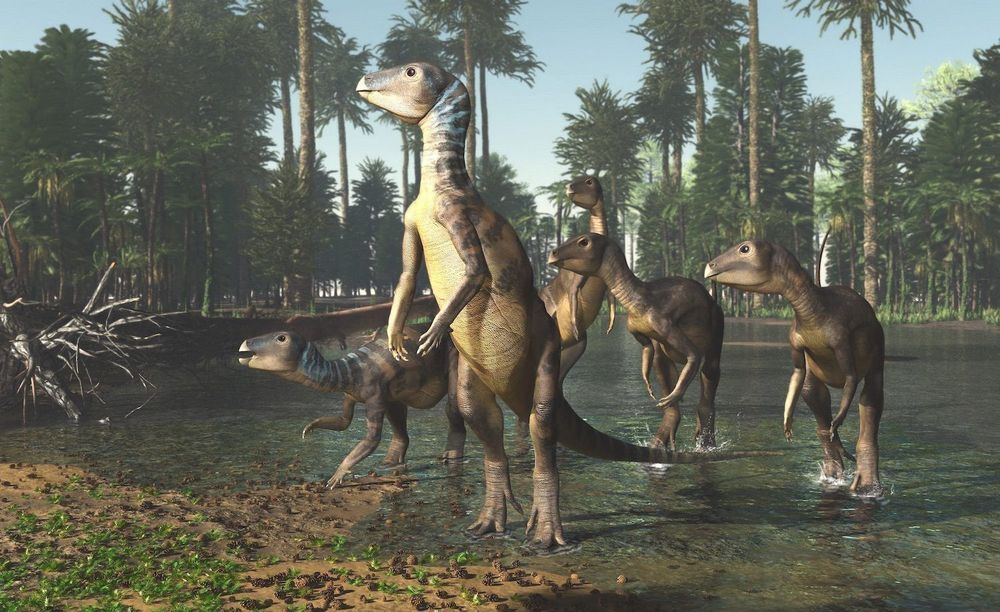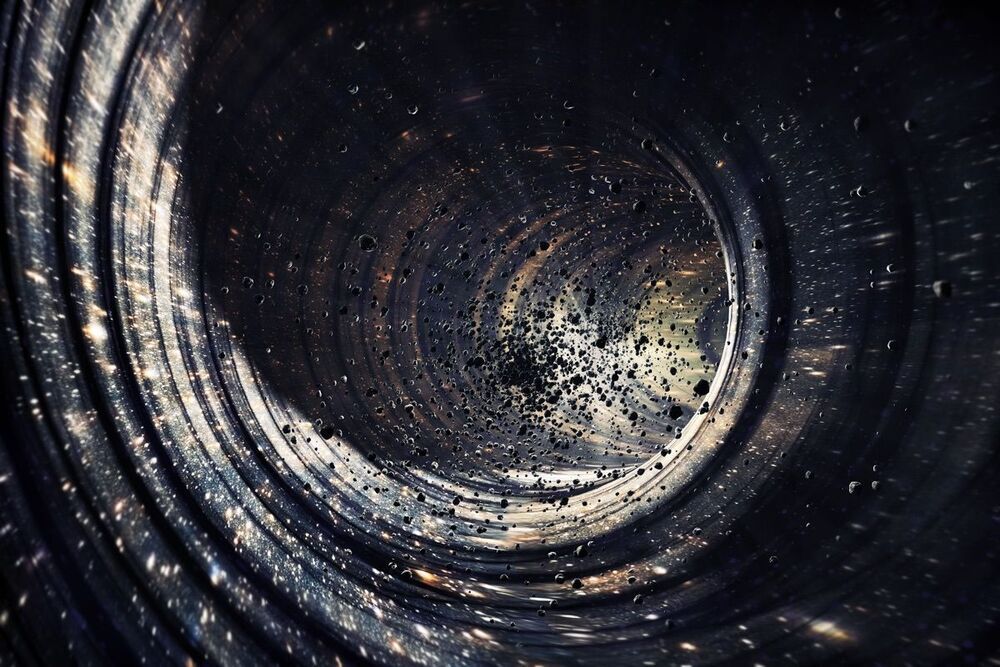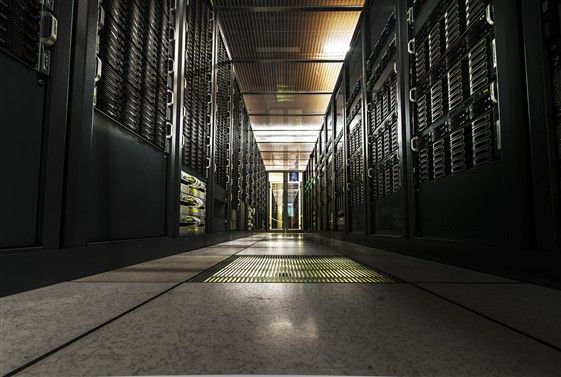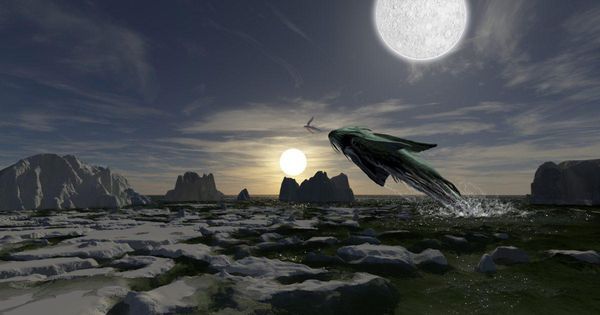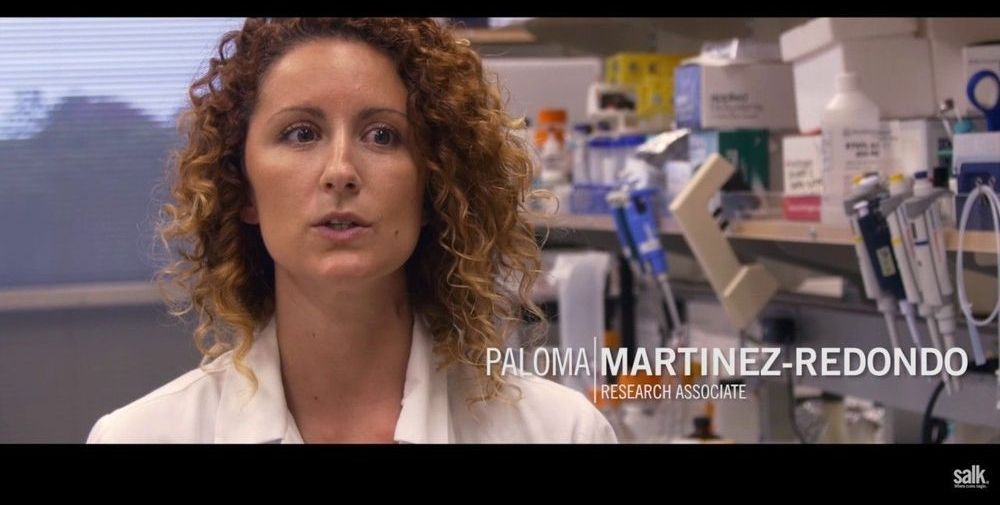Jan 17, 2019
Opal-filled fossils reveal timid, dog-size dinosaur that lived down under
Posted by Genevieve Klien in category: futurism
When Mike Poben, an opal buyer and and fossil fanatic, bought a bucket of opal from an Australian mine, he was surprised to find to find what looked like an ancient tooth in the pile.
Later, he also found a fossilized jaw piece — one that was shiny and glistening with opal.
After showing the two opalized specimens to paleontologists in 2014, Poben learned that they were part of a previously unknown dog-size dinosaur species, a new study finds. This dino lived about 100 million years ago in Australia, back when the landscape was lush and dotted with lakes. [Photos: Meet Wade, the Long-Necked Dinosaur from Down Under].
Continue reading “Opal-filled fossils reveal timid, dog-size dinosaur that lived down under” »
